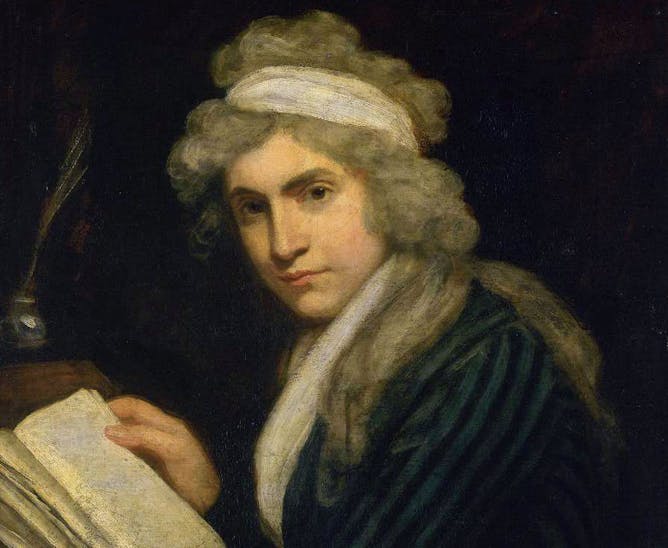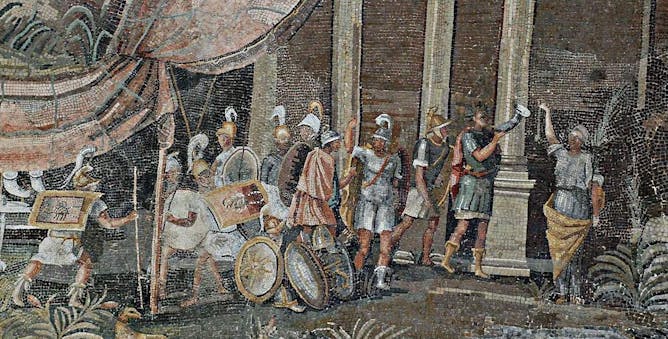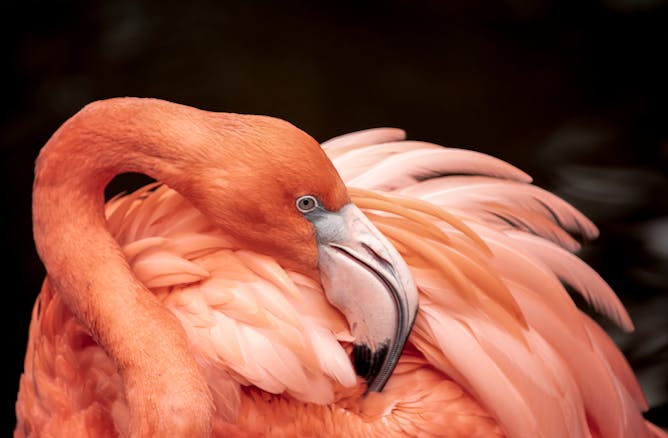|
Are clowns one of society’s greatest paradoxes? They were invented to be fun and jolly — to please and entertain us. It’s literally their only purpose in life. And yet so many of us can’t stand to be around them at all. A lot of us are utterly terrified of them.
Researchers sought to find out why clowns give us the heebie-jeebies in a first-of-its-kind survey. More than half of the participants admitted fearing clowns to some degree. When probed further about their feelings, the participants revealed some surprising reasons for shuddering at the sight of a man in a red wig and white face paint.
We often tend to assume that having an unpleasant experience with a clown in childhood could lead to feeling wigged out by them into adulthood but that was actually far from the case in this survey. The more common reason given was the sense that clowns look sort of human but also not quite human at the same time. Another was — and this rings very true now you think about it — that their behaviour is somewhat unpredictable. Is it especially enjoyable to spend time in the company of a person who might humiliate you at any second? The most common reason given for coulrophobia, however, was the fact that a clown’s makeup makes it hard to read their emotions, which confuses and unsettles us.
My favourite article from our International Women’s Day selection this year was this introduction to the work of OG feminist Mary Wollstonecraft. Ridiculed in her time as a “hyena in a petticoat”, Wollstonecraft pioneered thinking on matters we take for granted in modern times. It was she who first suggested that women might actually be thinking beings in their own right and that gender roles are not innate but a social construct. For those who don’t have the time or inclination to read A Vindication of the Rights of Woman in full, our summary provides you with everything you need to know, in digested form.
The Rosetta Stone is best known as a key to understanding hieroglyphics. But the text itself contains information about a violent rebellion in a city near the Nile Delta that shaped the course of history. Now a team of archaeologists has uncovered evidence from the ancient battle — some of it pretty harrowing. One of the team writes here about what they discovered on a dig at Tell Timai, the ruins of an ancient city — and how they worked out that their findings related to the text of the famous stone that now sits in the British Museum.
Also this week, flamingos form cliques, the UK is in line for more extreme downpours and muscle memory proves to be the key to returning to fitness after a break.
|

A Pennywise clown cosplayer attends the Dia de Finados celebrations in Sao Paulo, Brazil.
Carla Carniel/Reuters/Alamy
Sophie Scorey, University of South Wales; James Greville, University of South Wales; Philip Tyson, University of South Wales; Shakiela Davies, University of South Wales
Our research shows that coulrophobia, or fear of clowns, is mainly triggered by being unable to understand their facial expressions.
|

A portrait of Wollstonecraft painted by John Opie in 1790-91.
Wikipedia.
Bridget Cotter, University of Westminster
Wollstonecraft was ridiculed in her time for the idea that women should be treated as fully fledged beings.
|

Hellenistic soldiers as depicted in the Nile mosaic of Palestrina.
World History Encyclopedia
Jay Silverstein, Nottingham Trent University
We uncovered evidence of a rebellion so significant, that events such as Cleopatra’s affairs and the rise of Christianity may not have come to pass without it.
|

There are two types of muscle memory – one of which can help us in the gym.
antoniodiaz/ Shutterstock
Jack McNamara, University of East London
Muscle memory may explain why people find it easier to gain muscle the second time around.
|

Brendt A Petersen/Shutterstock
Fionnuala McCully, University of Liverpool; Paul Rose, University of Exeter
It’s endearing to think of these glamorous pink birds finding the friendship group they fit into. But navigating flamingo social lives can help with conservation too.
|
|
|
-
Elizabeth Kendon, University of Bristol
A supercomputer spent six months projecting localised rainfall extremes decades into the future.
-
Christopher Morris, University of Portsmouth
This bitter struggle may well come down to whoever has the better supply chain.
-
Elena Doldor, Queen Mary University of London
Expert tips on navigating office politics and supporting your team, even if you’ve never done it before.
-
Helen O'Nions, Nottingham Trent University
The UK government’s plan to remove asylum seekers will likely face legal challenges.
-
Thomas Caygill, Nottingham Trent University
Johnson claims he didn’t know pandemic rules were broken when parties were held in Downing Street.
|
|